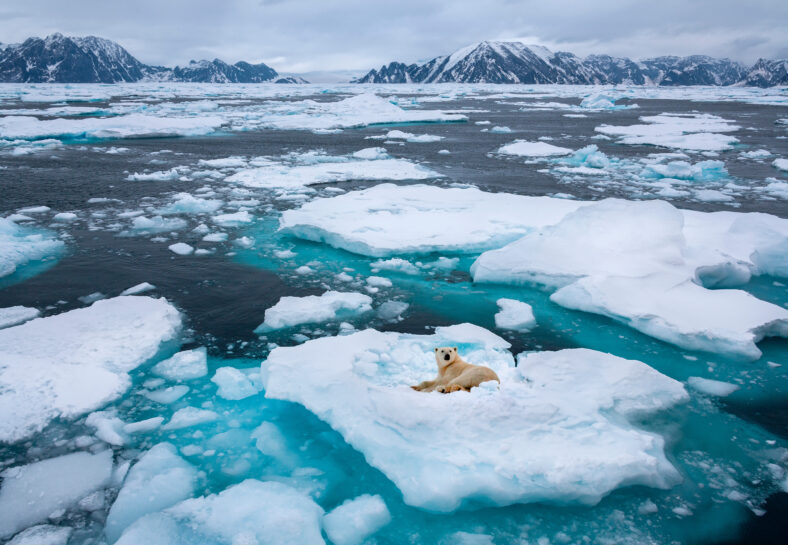Signs Of Giant Viruses Have Been Detected In Greenland’s Ice

On Greenland’s ice sheet, signs of giant viruses have been detected, and they could help reduce some of the effects of climate change. They may be attacking microscopic algae that causes Greenland’s ice to melt faster and turn into a darker color.
Scientists hope that learning more about these viruses will lead to discoveries on how to control algae growth naturally and, therefore, slow down Greenland’s ice melt.
Greenland’s ice sheet is the largest in the Northern Hemisphere. Recent data suggests that it is losing 30 million tons of ice every hour.
If the entire ice sheet melted, global sea levels would rise by more than 20 feet. A type of algae that grows on the Arctic sea ice is contributing to the melt rate.
“We don’t know a lot about the viruses, but I think they could be useful as a way of alleviating ice melting caused by algal blooms,” said Laura Perini, the lead author of the study and a postdoctoral researcher at Aarhus University in Denmark.
“How specific they are and how efficient it would be, we do not know yet. But by exploring them further, we hope to answer some of those questions.”
Giant viruses can be up to about 1,500 times larger than regular viruses. The algae they are possibly attacking lies on Greenland’s ice sheet. It blooms in the springtime, marring parts of the white landscape with a reddish hue.
The darker coloring does not reflect as much sunlight as white snow and ice, so it speeds up the rates of melting. The algae can increase surface melt by about 10 percent.
In 2019 and 2020, the research team gathered samples from dark ice, red snow, and melting holes in various locations on the ice sheet.

Sign up for Chip Chick’s newsletter and get stories like this delivered to your inbox.
Then, they analyzed the DNA within the samples to identify sequences of genes that shared similarities with giant viruses, which belong to the Nucleocytoviricota phylum.
“In both the dark ice and red snow, we found signatures of active giant viruses. And that is the first time they’ve been found on surface ice and snow containing a high abundance of pigmented microalgae,” said Perini.
The algae are part of a dynamic ecosystem that includes bacteria, fungi, and protists—tiny, often single-celled organisms that do not fit into the other major biological groups. If the giant viruses can be deployed to take down glacier algae, perhaps they could cool things down.
The team will continue to study the giant viruses to better understand their interactions with the algae and the role they play in the ecosystem.
Working with viruses and algae could be an important step toward cooling the planet as global greenhouse gas emissions keep climbing and temperatures steadily ascend into uncharted territory.
The details of the findings were published in the journal Microbiome.
More About:News